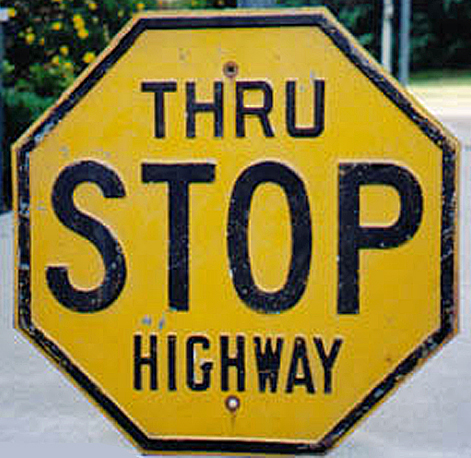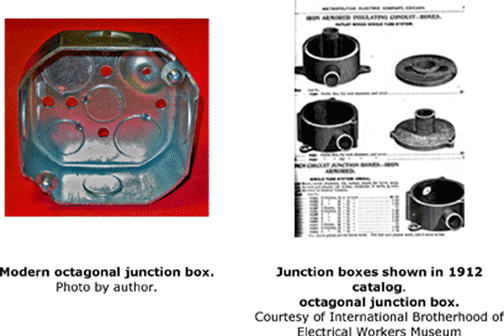Flattered that he was given the job, Ellsworth took on the project with the sort of gusto Milwaukee is famous for. Amazingly, by that October 31 evening in 1962, less than a year later, work on the clocks was complete and a shroud that had hidden the four faces while they were under construction was removed. The hands were already marking time when Harry, whom Ellsworth had no interactions with, flipped a switch that turned on the lights for the first time.
“I don’t know much about Harry’s interest in clocks,” remarked Ellsworth, who also doesn’t have any theories as to why the octagon became the company’s trademark. “But I remember people who knew him saying he liked towers.”
Retired Rockwell Automation executive Hutton, who spent his entire professional career with the company, stated, “The Bradleys liked castle architecture with towers and lookouts and that’s what inspired the A-B buildings.”
In addition to towers and other fixtures of castles, it is clear the Bradleys, Harry in particular, had an intense interest in clocks. The Web site for the Milwaukee Section of the American Society of Mechanical Engineers, which was established in 1906, states:
“The interest in creating the tower was Harry Bradley, younger of the firm's two founding brothers. An inventor, Bradley included in his tinkering several of the clocks which he owned.”
The huge sums that were invested in the four-sided examples that have topped the company’s buildings on either side of Milwaukee’s Second Street since the early 1950s are the strongest evidence of Harry’s fascination with clocks. It’s not surprising then that the primary influence for the company’s trademark was a type of timekeeper—the schoolhouse clock—the Bradleys were probably exposed to regularly as children, adolescents, even adults.
Other possible inspirations for the Bradlys use of octagon have been advanced and at least a few might have played roles.
Someone suggested the octagon’s use in the stop sign attracted the Bradley’s interest. Thinking might have been, this individual averred, that customers should “stop and look at A-B!”
Although the rationale seems far-fetched, it is possible that the Bradleys or others close to them would have been aware that the octagon had been recommended as the standard for stop signs by a small committee supported by the American Association of State Highway Officials that met in 1922, about a year before the octagon was used for the A-B trademark.
This is still fairly unlikely because the committee’s recommendations weren’t implemented widely until years later. Incidentally, a primary reason the octagon was picked for the shape of the stop sign was that once it became established, drivers could tell what it meant from the back almost as easily as from the front.
Another possibility mentioned by retired Public Information and Training Coordinator Todd Weiler, City of Milwaukee, is that the inspiration for the trademark might have been octagonal electrical junction boxes. There is a match given the brothers’ focus on electricity, but from what I’ve been able to determine, the type of wiring that was common in America until the 1930s, called knob and tube, didn’t use junction boxes as we know them today.

Early stop sign.
Photo by John Rietveld, signalfan.com. Used with permission.
